Burn your wicked garden down
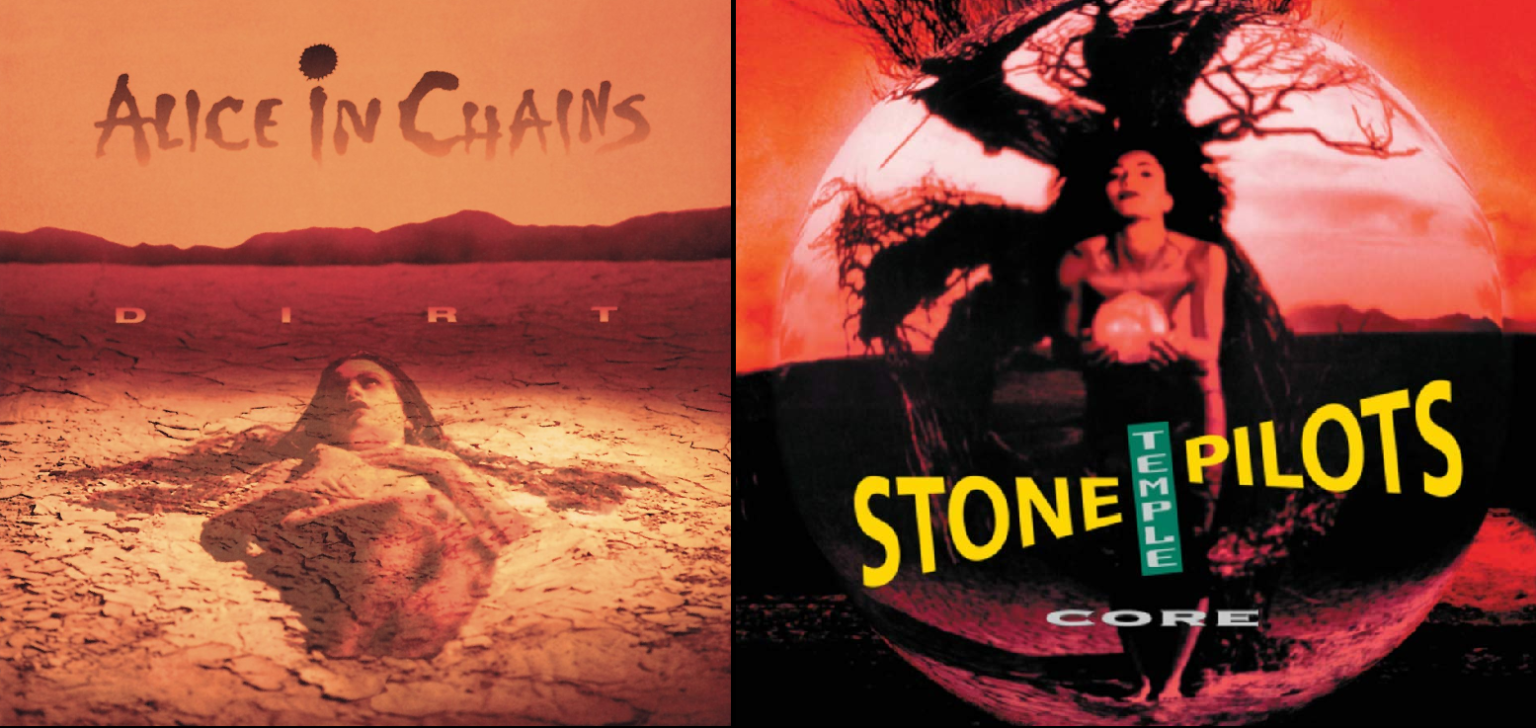
On Sept. 29, 1992, rock bands Alice In Chains and Stone Temple Pilots blew apart the music scene with their most successful albums. AIC released their second album, “Dirt,” while STP released their debut album,
“Core,” on the same date.
Both bands were composed of the usual four-man rock band layout, with their distinctive feature being a star vocalist in Layne Staley and Scott Weiland.
They sang with baritone voices ranging between bass and tenor vocals. Lyrically, the two albums covered similar themes, such as human feelings, the world and its complex environment.
“Down in a Hole,” one of the songs off ‘Dirt,’ focuses on AIC guitarist Jerry Cantrel’s troubled relationship with his girlfriend. “Wicked Garden,” one of the songs off Core, focuses on people’s loss of innocence and purity.
If I could, would you?

One thing the lead vocalists had in common was the tumultuous upbringing they endured and how it affected their lives and fueled their drug addictions. Staley’s father left his family after he was born and he only met him after he had spotted Staley on the cover of a music magazine.
Their reunion would cause a relapse in Staley’s drug abuse, which he had struggled with for years at that point.
Weiland grew up in a broken family and experienced two tragedies at an early age: His stepbrother died after he was hit by a car while riding a bicycle and he was molested by an older male at age 12, which he revealed in his autobiography ‘Not Dead and Not for Sale’.
Sitting on an angry chair

Musically, the albums share a heavy, distorted tone that was predominant in the alternative rock boom of the 1990s.
This style converged on the fusion of hard rock and heavy metal mixed with harmonic singing, moody guitar riffs and solos influenced by the blues genre to create the eclectic blend known as stoner rock.
Hate to feel, wish I couldn’t see you at all

After exposure from radio airplay and media coverage, ‘Dirt’ and ‘Core’ charted at third and sixth on the U.S. Billboard 200.
The reception toward these albums was positive among rock fans, while the response from critics differed.
‘Dirt’ was praised for its artistic statement, Staley’s vocals and Cantrell’s guitar work.
‘Core’ was criticized as derivative of the grunge scene that emerged in the decade, with some labeling the band as “Pearl Jam rip-offs.”
The media’s response to STP being grunge-derivative with its debut album drew strong reactions from the band, with Weiland being dumbfounded by critics’ responses.
“It was really painful in the beginning,” he told Entertainment Weekly. “Because I just assumed that critics would understand where we were coming from, that these weren’t just dumb rock songs.”
Since then, both albums have been hailed as masterpieces and are the most successful records for the bands.
‘Dirt’ is certified five times platinum with 5 million copies sold, while ‘Core’ is certified eight times platinum with 8 million copies.
Yeah, they come to snuff the rooster
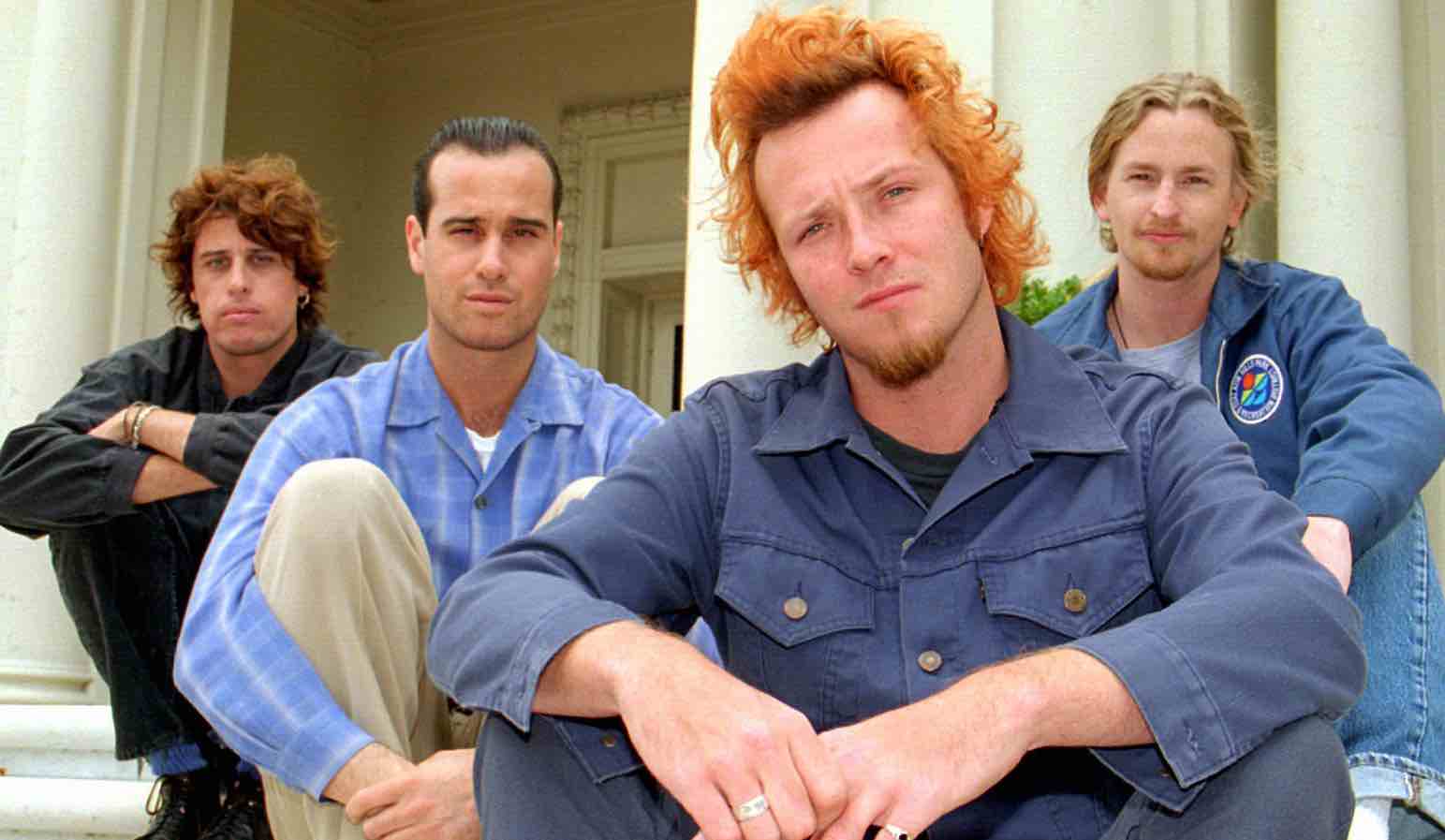
The two bands would succeed further, but tensions caused by Staley and Weiland’s issues would offset their careers. Staley’s addiction spiraled out of control, causing his vocals to deteriorate due to tooth loss.
Weiland’s drug addiction spiraled out of control as well, leading him into trouble with the law and trips to rehab.
“When I tried drugs, they were f—–g great and they worked for me for years,” Staley told Rolling Stone. “Now, they are turning against me and I’m walking through hell and this sucks.”
AIC broke up in 1998 after the relationship between the band was damaged when Staley’s addiction started to affect his ability to function; he showed up to practice high, which infuriated drummer Sean Kinney and prompted him to never work with Staley again. The other members followed suit and the band disbanded. In 2002, Staley was found dead at 34-years-old in his Seattle apartment by police when his family was concerned after losing contact with him.
An autopsy determined that he died on April 5 of a speedball (a mixture of heroin and cocaine) and his body had been unattended for two weeks.
STP broke up in 2003 because of their tensions, but they would reunite with Weiland in 2008.
Despite touring for their sixth album, problems between Weiland and the other members resurfaced, prompting them to fire him in 2013 due to his erratic behavior on and off stage.
On Dec. 3, 2015, Weiland was found dead in a tour bus in Bloomington, MN, where he was supposed to perform with his band, the Wildabouts. Police found prescription drugs and small packs of cocaine in the tour bus.
An autopsy determined that he died of an accidental overdose of cocaine, alcohol and MDMA.
He was 48 years old.
Take time with a wounded hand, ‘cause it likes to heal
In the years after their deaths, Staley and Weiland have maintained a presence in the music world through the continued radio airplay of the bands’ songs.
They are also considered some of the best lead singers in alternative rock.
Staley is credited for inspiring many vocalists who have tried to emulate his vocal style and capture his tonal range, which music journalists have described as an “army of Layne Staley-imitators.”
“He had an amazing voice that had such a beautiful, sad, haunting quality about it,” Billy Corgan of Smashing Pumpkins said. “He was different because his heaviness was in that voice.”
Weiland also has a lasting influence on many musicians with his flexible vocal range and his chaotic, flamboyant persona on stage.
“It was Scott’s phrasing that pushed his music into a unique and hard-to-pin down, aesthetic sonicsphere,” Corgan said about Weiland.
“If you asked me who I truly believed were the great voices of our generation, I’d say it were he, Layne and Kurt [Cobain].”

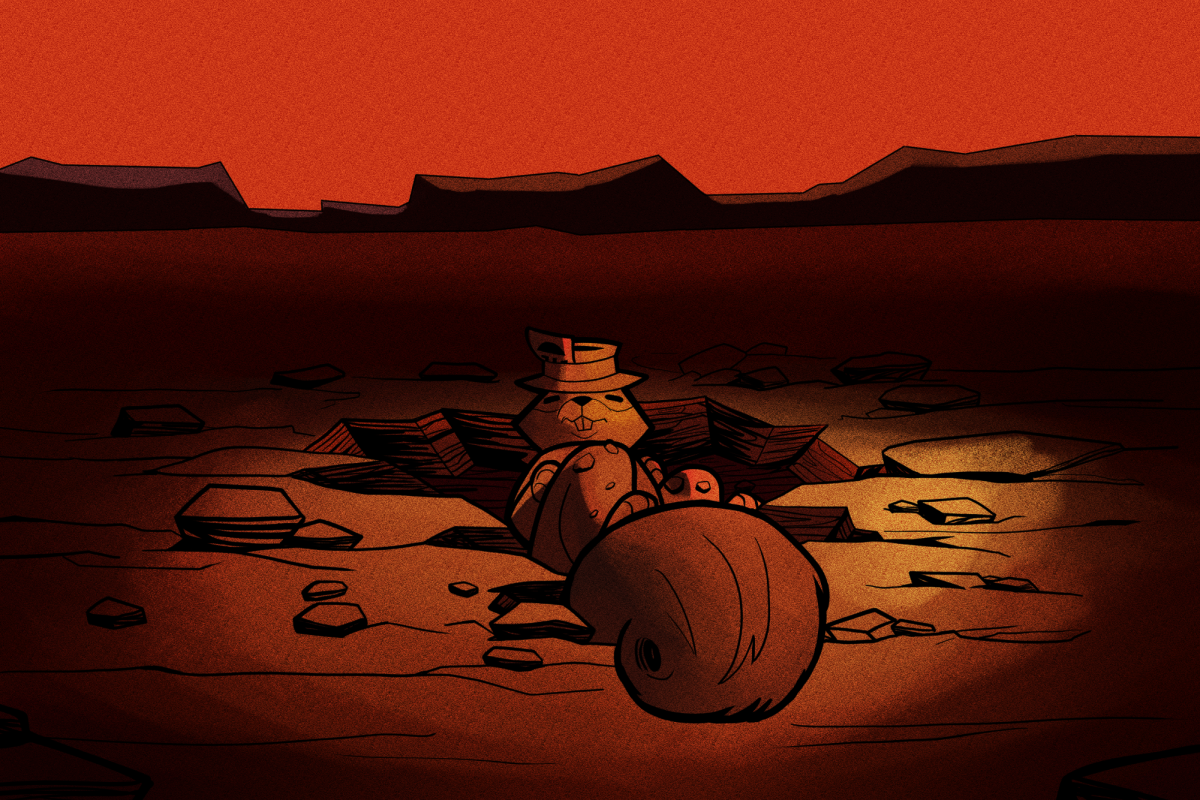


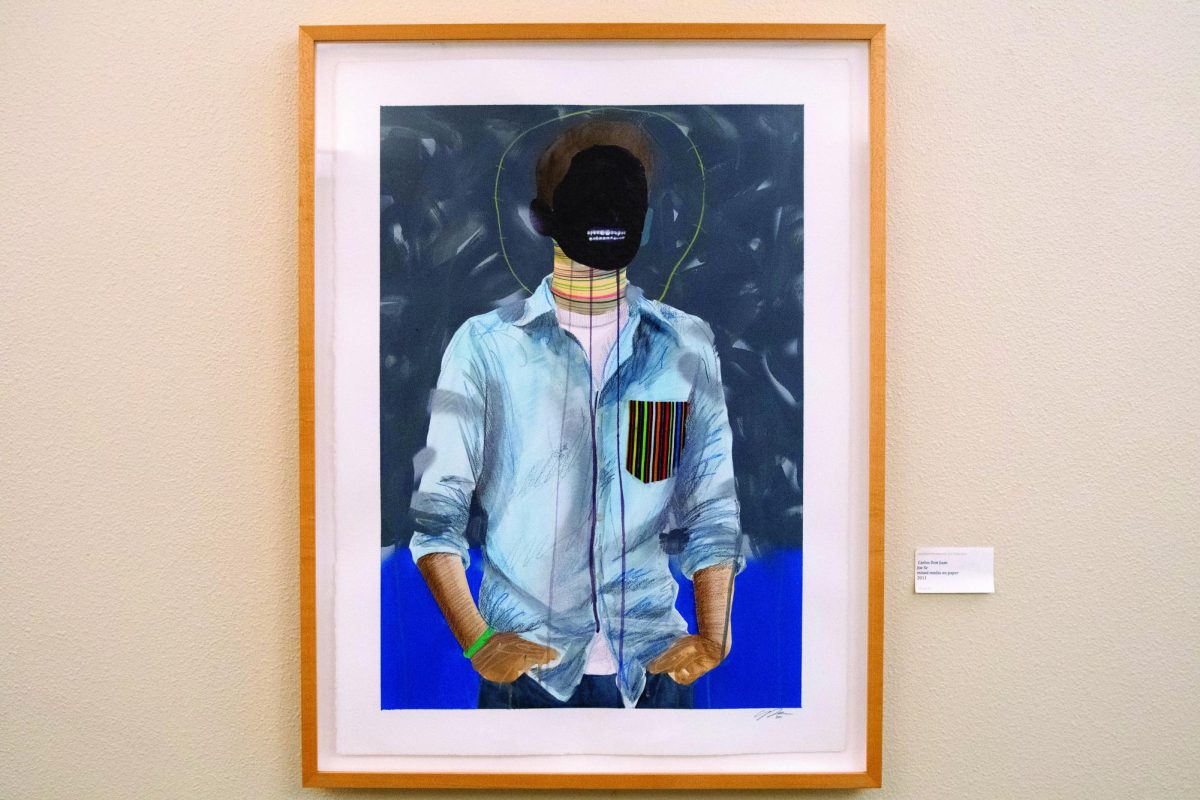
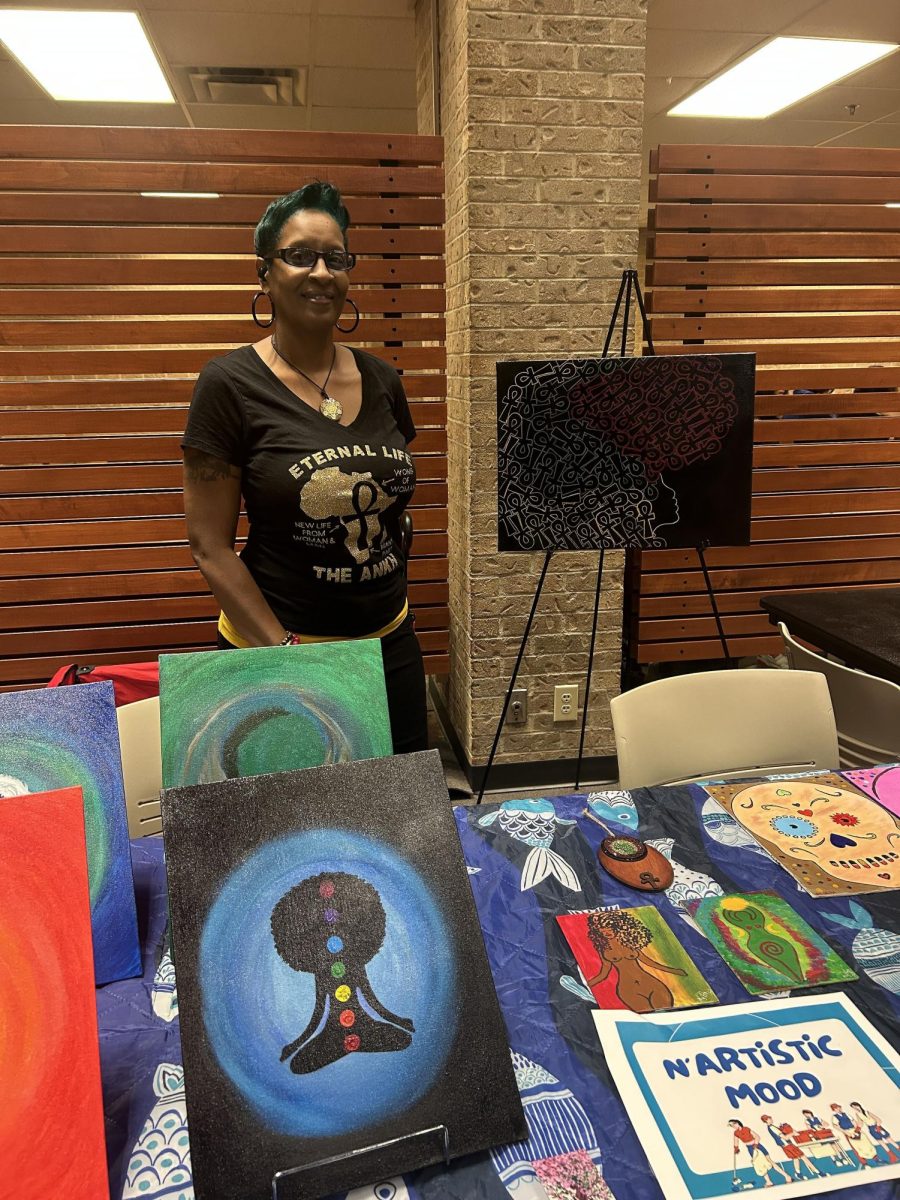
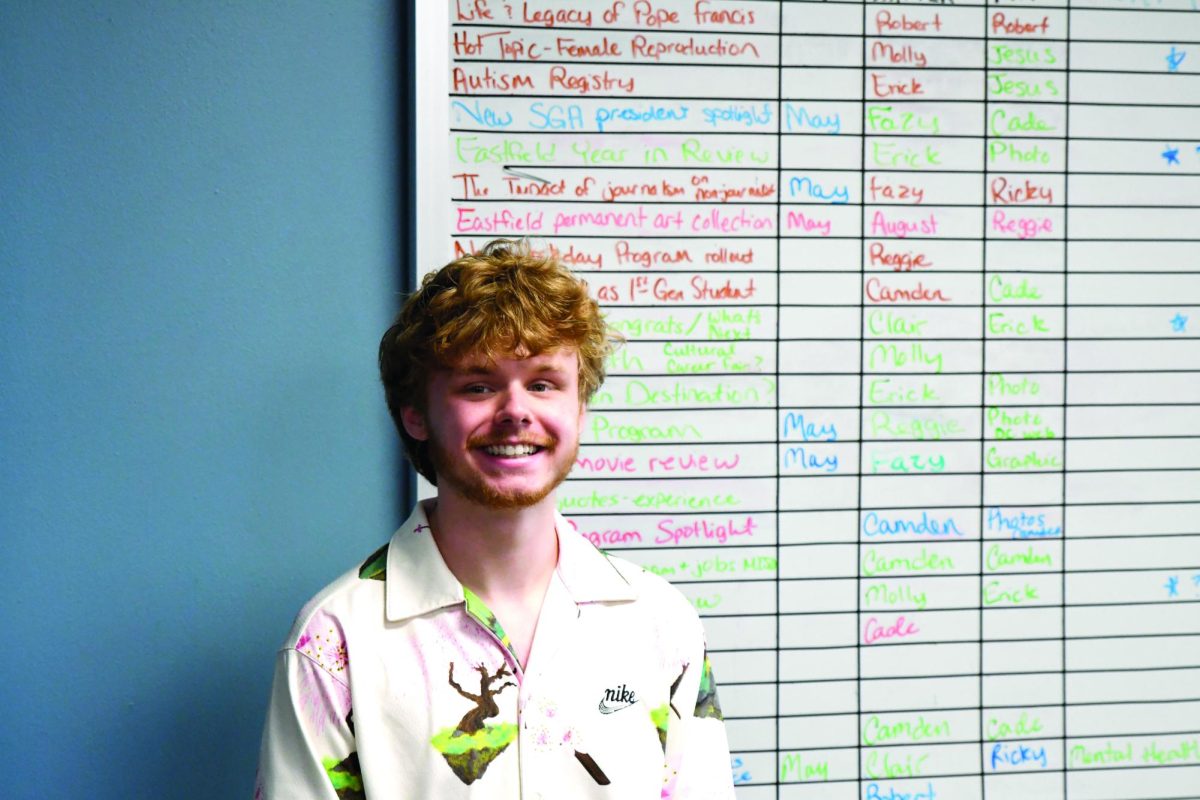
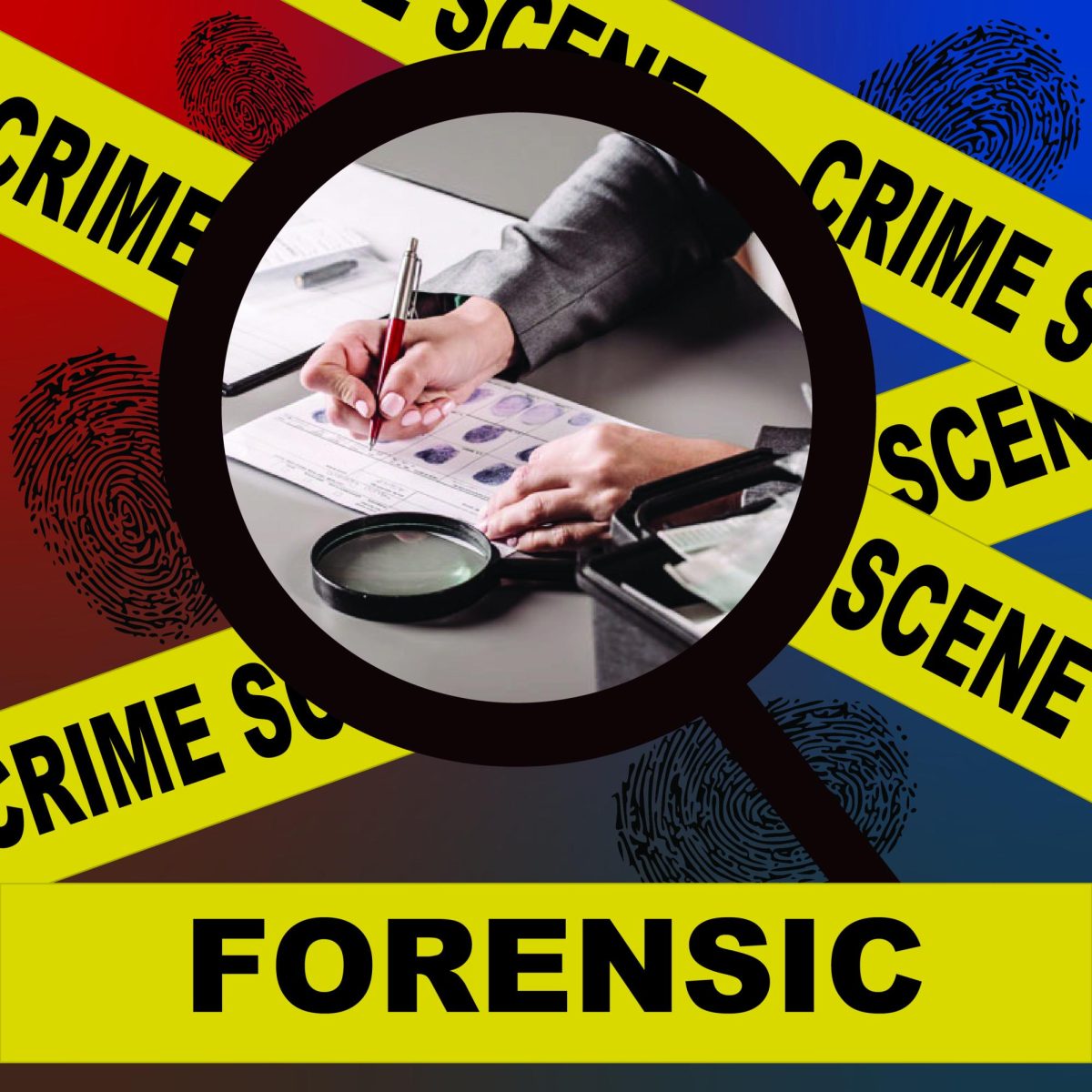







Pigford • Feb 4, 2024 at 6:38 am
I saw STP open for the Butthole Surfers in 93 & they sounded awesome….i was familiar with “Core” & the way they sounded live…at least then ….was indistinguishable from the album,they sounded THAT good
Corey Marquez • Jan 18, 2024 at 8:29 am
Love Tho ALL the Alice and Chains Albums!! STP Is Something Else!!!!!!Seen Both Bands! The Shows were Epic!!!
Marshal • Feb 3, 2024 at 3:11 pm
STP live wasan event